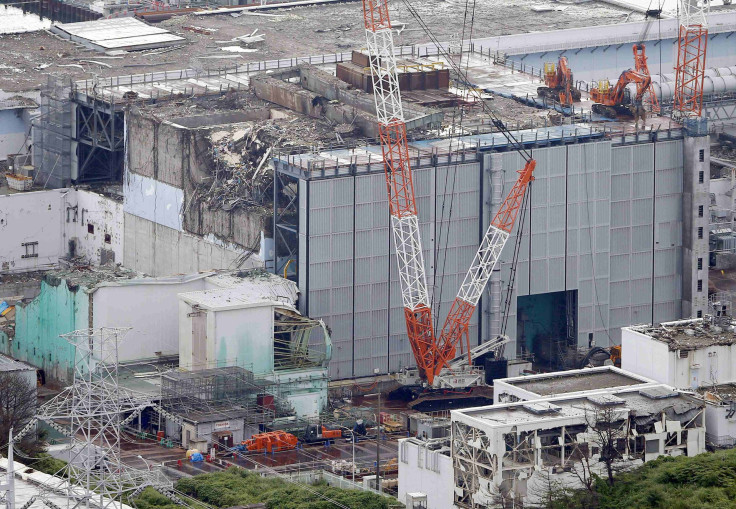Fukushima "Ice Wall" Plans Behind Schedule As TEPCO Struggles to Contain Radioactive Waste

Attempts to build an “ice wall” under Japan’s damaged Fukushima nuclear power plant are behind schedule, casting doubt on whether the project can succeed at containing radioactive water leaking from the site.
The Tokyo Electric Power Co. , the plant’s operator, said Tuesday that it is having trouble with the early stages of its plan to freeze the ground under the broken reactors, Agence France-Presse reported from Tokyo.
“We have yet to form the ice stopper because we can’t make the temperature low enough to freeze the water,” a TEPCO spokesman said. “We are behind schedule but have already taken additional measures, including putting in more pipes, so that we can remove contaminated water from the trench starting next month.”
The $314 million government-funded project will involve driving a huge network of vertical pipes into the ground, then pumping a coolant through them to create a barrier of permafrost around four affected reactors and nearby buildings. That will in turn freeze the contaminated water in place and keep clean groundwater supplies from mixing with the radioactive pool, Gizmodo explained.
TEPCO first proposed the ice wall plan in May 2013, and Japanese Prime Minister Shinzo Abe said in September that the government would intervene to keep the Fukushima plant’s radioactive water from leaking.
Japanese government officials and experts raised concerns earlier this year about whether the frozen ground could prevent water contamination over the long term and if it would cause other problems in the surrounding area. The concept has previously been used in the building of tunnels near waterways, but not at such a huge scale or for as long an amount of time, AFP noted.
The Fukushima plant will likely take several decades to fully decommission.
© Copyright IBTimes 2024. All rights reserved.











